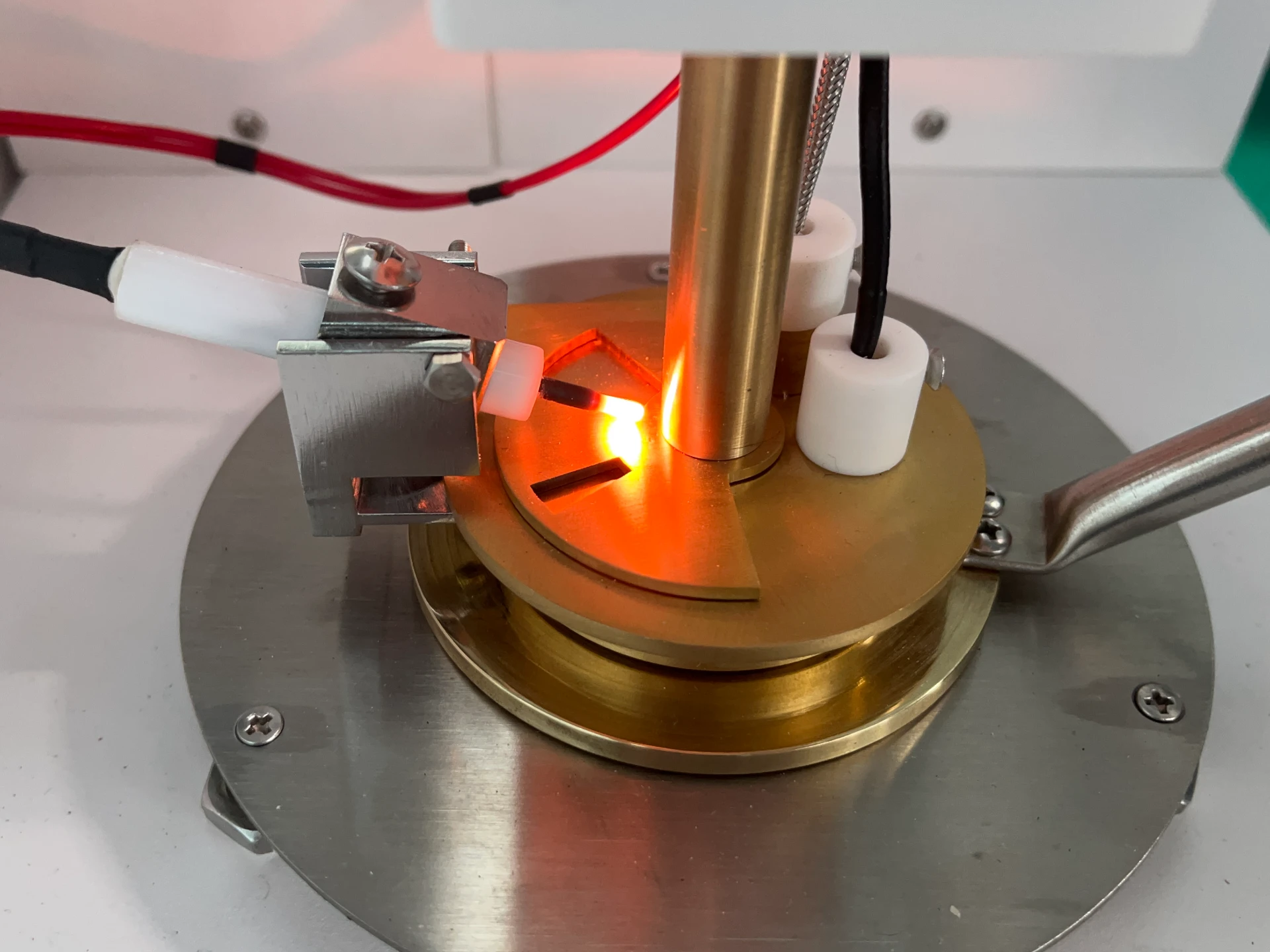 English
English



-
 Afrikaans
Afrikaans -
 Albanian
Albanian -
 Amharic
Amharic -
 Arabic
Arabic -
 Armenian
Armenian -
 Azerbaijani
Azerbaijani -
 Basque
Basque -
 Belarusian
Belarusian -
 Bengali
Bengali -
 Bosnian
Bosnian -
 Bulgarian
Bulgarian -
 Catalan
Catalan -
 Cebuano
Cebuano -
 China
China -
 China (Taiwan)
China (Taiwan) -
 Corsican
Corsican -
 Croatian
Croatian -
 Czech
Czech -
 Danish
Danish -
 Dutch
Dutch -
 English
English -
 Esperanto
Esperanto -
 Estonian
Estonian -
 Finnish
Finnish -
 French
French -
 Frisian
Frisian -
 Galician
Galician -
 Georgian
Georgian -
 German
German -
 Greek
Greek -
 Gujarati
Gujarati -
 Haitian Creole
Haitian Creole -
 hausa
hausa -
 hawaiian
hawaiian -
 Hebrew
Hebrew -
 Hindi
Hindi -
 Miao
Miao -
 Hungarian
Hungarian -
 Icelandic
Icelandic -
 igbo
igbo -
 Indonesian
Indonesian -
 irish
irish -
 Italian
Italian -
 Japanese
Japanese -
 Javanese
Javanese -
 Kannada
Kannada -
 kazakh
kazakh -
 Khmer
Khmer -
 Rwandese
Rwandese -
 Korean
Korean -
 Kurdish
Kurdish -
 Kyrgyz
Kyrgyz -
 Lao
Lao -
 Latin
Latin -
 Latvian
Latvian -
 Lithuanian
Lithuanian -
 Luxembourgish
Luxembourgish -
 Macedonian
Macedonian -
 Malgashi
Malgashi -
 Malay
Malay -
 Malayalam
Malayalam -
 Maltese
Maltese -
 Maori
Maori -
 Marathi
Marathi -
 Mongolian
Mongolian -
 Myanmar
Myanmar -
 Nepali
Nepali -
 Norwegian
Norwegian -
 Norwegian
Norwegian -
 Occitan
Occitan -
 Pashto
Pashto -
 Persian
Persian -
 Polish
Polish -
 Portuguese
Portuguese -
 Punjabi
Punjabi -
 Romanian
Romanian -
 Russian
Russian -
 Samoan
Samoan -
 Scottish Gaelic
Scottish Gaelic -
 Serbian
Serbian -
 Sesotho
Sesotho -
 Shona
Shona -
 Sindhi
Sindhi -
 Sinhala
Sinhala -
 Slovak
Slovak -
 Slovenian
Slovenian -
 Somali
Somali -
 Spanish
Spanish -
 Sundanese
Sundanese -
 Swahili
Swahili -
 Swedish
Swedish -
 Tagalog
Tagalog -
 Tajik
Tajik -
 Tamil
Tamil -
 Tatar
Tatar -
 Telugu
Telugu -
 Thai
Thai -
 Turkish
Turkish -
 Turkmen
Turkmen -
 Ukrainian
Ukrainian -
 Urdu
Urdu -
 Uighur
Uighur -
 Uzbek
Uzbek -
 Vietnamese
Vietnamese -
 Welsh
Welsh -
 Bantu
Bantu -
 Yiddish
Yiddish -
 Yoruba
Yoruba -
 Zulu
Zulu
transformer oil dielectric test
Understanding the Transformer Oil Dielectric Test
Transformer oil serves as both an insulator and coolant in electrical transformers. As electrical equipment ages or undergoes various stresses, the quality of the transformer oil can deteriorate, leading to a range of insulation failures which can cause system inefficiencies or catastrophic failures. To ensure the reliability and safety of electrical systems, conducting dielectric tests on transformer oil is essential.
What is a Dielectric Test?
A dielectric test assesses the ability of a material to act as an insulator under electrical stress. Specifically for transformer oil, this involves measuring its dielectric strength, which indicates how well the oil can resist electrical breakdown. The dielectric strength is quantified in kilovolts (kV), representing the voltage required to produce an electrical breakdown in the oil. A higher dielectric strength correlates with better insulating properties.
Importance of Dielectric Testing
The integrity of transformer oil is crucial for the overall functionality of transformers. Factors such as moisture, particulate contamination, and the presence of dissolved gases can severely affect the dielectric properties of the oil. Regular dielectric testing helps in
1. Identifying Contamination The presence of insulating impurities like water and suspended solids can significantly lower the dielectric strength of the oil. By identifying these contaminants, maintenance actions can be dictated to improve oil quality.
2. Monitoring Aging Process Over time, transformer oil undergoes oxidation and thermal degradation. Through dielectric testing, operators can track the aging process of the oil and make informed decisions regarding its replacement.
3. Preventing Failures By routinely assessing the dielectric strength, electrical utilities can preemptively address issues that could lead to transformer failure, thereby enhancing system reliability and safety.
4. Compliance with Standards Many electrical utilities must comply with national and international standards regulating insulating oils, such as IEEE 286 or IEC 60296. Dielectric tests help organizations ensure compliance by providing documented evidence of oil quality.
transformer oil dielectric test

The Testing Process
The dielectric test typically follows a systematic procedure to ensure accurate results. Key steps include
1. Sample Collection A clean sample of transformer oil is collected, ideally from the top of the transformer, to minimize contamination from sediments.
2. Preparation The sample is prepared by ensuring it is free from moisture and particulates, often using filtration or centrifugation techniques.
3. Testing Apparatus A dielectric strength testing instrument is used, featuring electrodes that create an electric field in the oil sample. The design of the electrodes can vary; commonly, a cup or disk configuration is used.
4. Applying Voltage A gradually increasing voltage is applied to the electrodes immersed in the oil. The test continues until a breakdown occurs, at which point the dielectric strength is recorded.
5. Results Analysis The breakdown voltage is noted, and if it falls below the acceptable threshold (often around 30 kV for new oils), remedial actions such as filtering, drying, or complete oil replacement are recommended.
Conclusion
Transformer oil dielectric testing plays a vital role in the maintenance and operation of electrical transformers. By ensuring that the oil remains in good condition, utilities can safeguard against electrical failures, ensure compliance with regulatory standards, and ultimately prolong the lifespan of their transformers. As technology advances, the methods for testing and analyzing transformer oil continue to improve, allowing for more precise and efficient assessments. Regular dielectric testing, therefore, is not just a best practice; it is an essential aspect of effective transformer management in the modern electrical grid.
-
Testing Equipment Industry Sees Major Advancements in 2025: Smart & Precision Technologies Lead the WayNewsJun.06,2025
-
Applications of Direct Current Generators in Renewable Energy SystemsNewsJun.05,2025
-
Hipot Tester Calibration and Accuracy GuidelinesNewsJun.05,2025
-
Digital Circuit Breaker Analyzer Features and BenefitsNewsJun.05,2025
-
Benefits of Real-Time Power Quality Monitoring Devices for Industrial EfficiencyNewsJun.05,2025
-
Earth Fault Loop Testing in High-Rise Building Electrical SystemsNewsJun.05,2025



